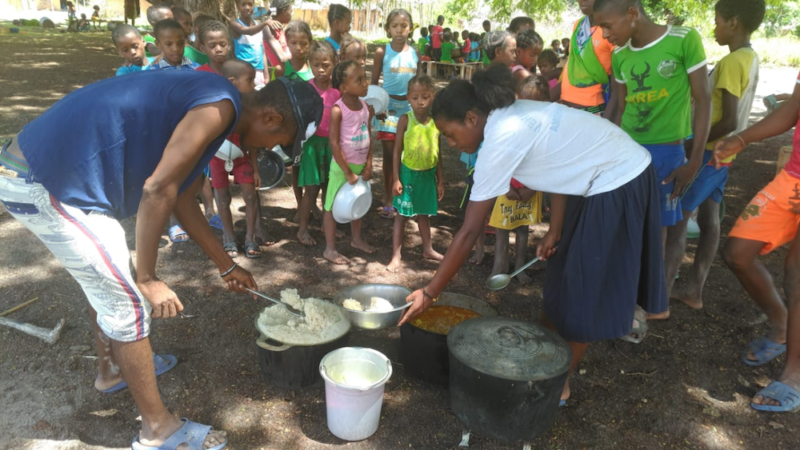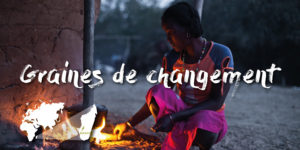DIAGNOSTIC – The development of a new rice cultivation technique is an important component of the project ‘Graine de Changement‘. In order to initiate this component, Naturevolution has partnered with Tefy Saina, a Malagasy association created in 1990 by father de Laulanié to promote the System of Rice Intensification (SRI).
In this article we will only mention the part concerning the establishment of rice fields in SRI. You can find more information about all the food security initiatives we are putting in place on the page dedicated to the project Graines de changement.
A new rice-growing technique in Makay
Before continuing, we offer you an explanatory video (14’26) made by FAO on the SRI technique (System of Rice Intensification):
The main aim of this initiative is to raise awareness and convince as many farmers as possible of the value of these new practices. This includes illustrating the increase in yield so that all the rice fields in the village can be cultivated with this technique. To achieve this, in collaboration with the specialized association Tefy Saina, we proceed in stages:
- Preliminary diagnosis: 2 specialist technicians, accompanied by our project manager “food security”, carry out a diagnosis in the beneficiary village, present the rice cultivation method to the inhabitants and identify the villagers interested in testing the method on their plot.
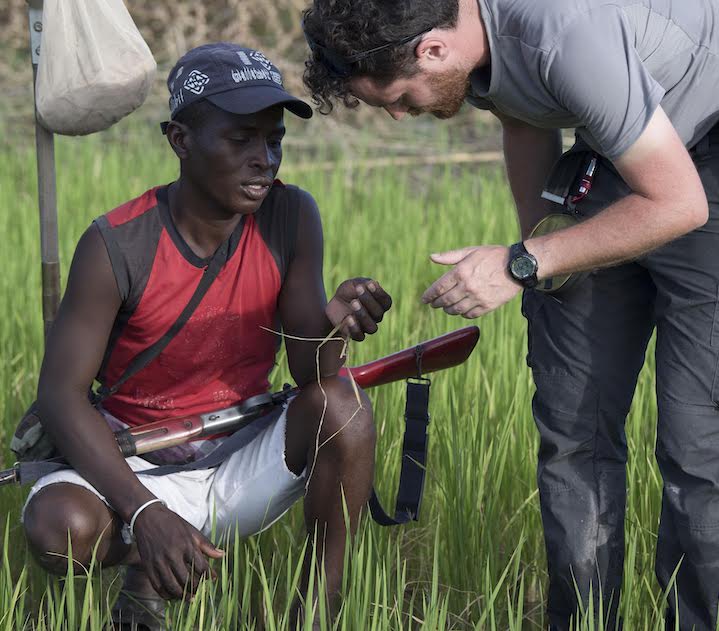
2. Initial training : Once the local conditions are met and the support of the villagers obtained, the 2 specialized technicians propose a 5-day training for all registered farmers From seed preparation to rice physiology, through nursery preparation, irrigation and soil improvement.
3. Preparation of the plots: After training, for 8 days, each villager prepares the soil and carries out the transplantation in his own plot under the guidance of the 2 technicians.
4. Weeding: A few 10 days later, with the help of weeding machines provided by Naturevolution, it is the turn of a new essential step to be carried out by the farmers during 2 weeks: the uprooting of unwanted weeds in each plot.
5. Monitoring and maintenance: 2 monitoring and maintenance missions of 4 days each are carried out a few weeks later on the plots of the village by the 2 technicians.
6. Harvesting and mobilization: 3 months after the initial training, it is already time for the harvest, for the verification of the effectiveness of the technique and for the mobilization of farmers not yet registered for the next crop cycle.
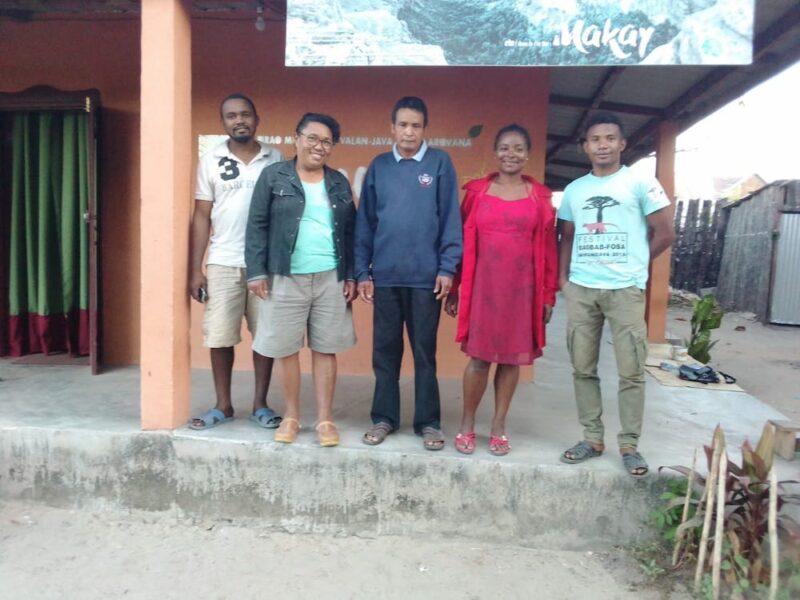
Feasibility study in the field – July 2021
In order to set up this pilot project, the Tefy Saina Association visited the villages of Tsiazorambo and Sakoazato (Menabe Region) to carry out an in situ diagnosis. This feasibility study included (1) a visit to the rice fields and (2) exchanges with farmers.
1- Topographic and climatological study of the sites
Observations of the geological profile have led to the conclusion that, as a result of frequent bush fires, the soil quality of the hills is deteriorating. Most of the plants found are Mokonazy (Jujubiers) and several grasses, evidence of soil poverty. As a result, the hills are not cultivated and the areas downstream, near the rivers, are exploited.
Crops of cassava, maize, sweet potato, but especially rice are listed. In terms of area, the main activity is rice cultivation. Unfortunately, due to bush fires and the lack of trees to stabilize the soil, accelerated soil erosion during the rainy season favours the sanding of rice fields.
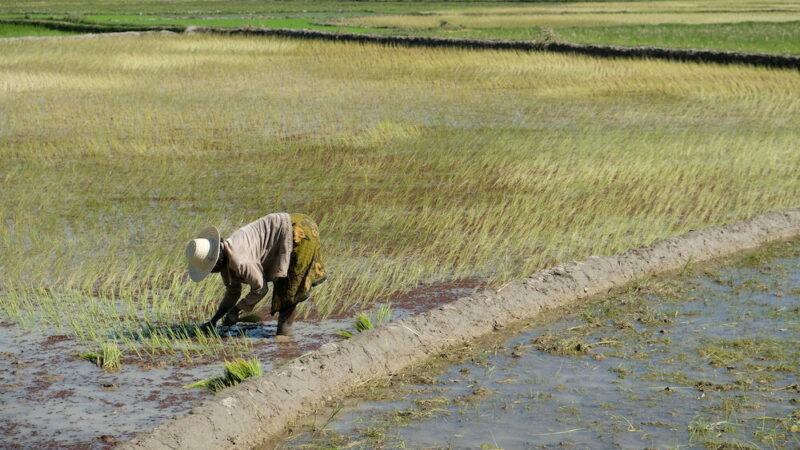
2- Meeting with the farmers
More than 140 farmers from a wide range of social groups took part in the exchanges with the technicians. During the meetings, they discussed the importance of rice in their activities and in their daily lives. They usually manage to grow rice twice a year, but they are currently experiencing a decline in production as the number of inhabitants increases and consequently a decrease in the availability of arable land. Their interest in a new technique that could allow them to increase their yield is all the more keen.
Tefy Saina’s technicians believe that it will be possible to at least double rice production with SRI technology.
After the various exchanges, the latter noticed that the farmers were not able to define their crop calendar properly: “Everyone does what he wants without worrying about the moment. For example: in October, they still do the so-called winter crop (vary asotry) which delays the summer crop (vary asara). Preferably, the first season should start between June and August.
Farmers can’t wait to start training to improve their practices!
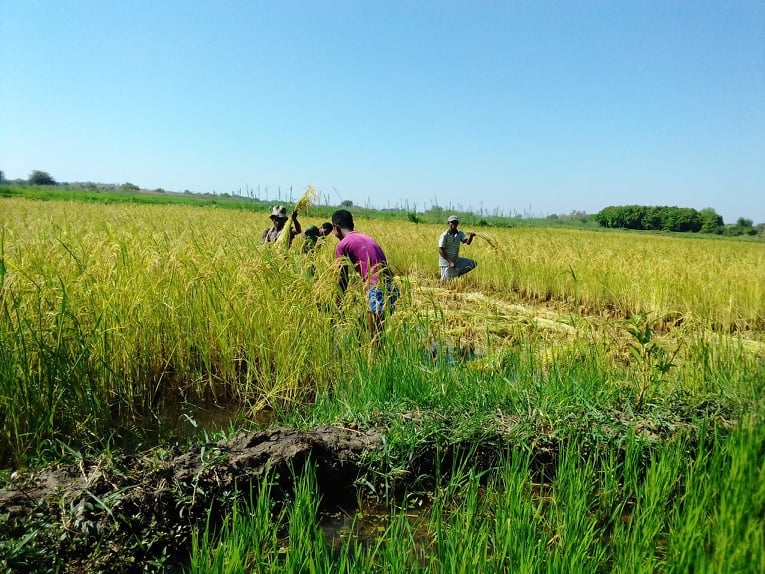
What next for this project?
As a result of this feasibility study, 3 localities in the Menabe region (North Makay: Tsiazorambo, Sakoazato and Tsarahonenana) were selected to start this project because they have quite large areas of rice cultivation, which can be irrigated and allow double cultivation throughout the year.
The next step is to launch the project at the end of October 2021.
In parallel, a new diagnostic mission will be organised in southern Makay.
